Limited mobile space, need to accommodate more antennas. After 4G, the operator requires 5 analog and 10 frequency, the new machine needs to be compatible with 3G and 2G, and MIMO requires two antennas, which makes the antenna type in the mobile phone more, and the electromagnetic environment deteriorates, especially the appearance of the metal parts of the mobile phone. After that, the antenna engineers and structural engineers have debugged the smart phones that meet the network requirements and encountered unprecedented challenges. This article has combed recent technologies and processes for designers' reference:
Currently, the mobile phone's mid-band is divided into:
LTE (700 MHz), GSM (850MHz/1.9GHz), Wi-Fi (2.4 GHz), Bluetooth (2.4 GHz), GPS (1.575 GHz), FM88-108Mhz
2.5 – 2.7 GHz band support for FDD LTE
3.4 – 3.8 GHz band support for TDD LTE
In short, from 700 MHz to 3.8 GHz is the working frequency band of 4G mobile phones.
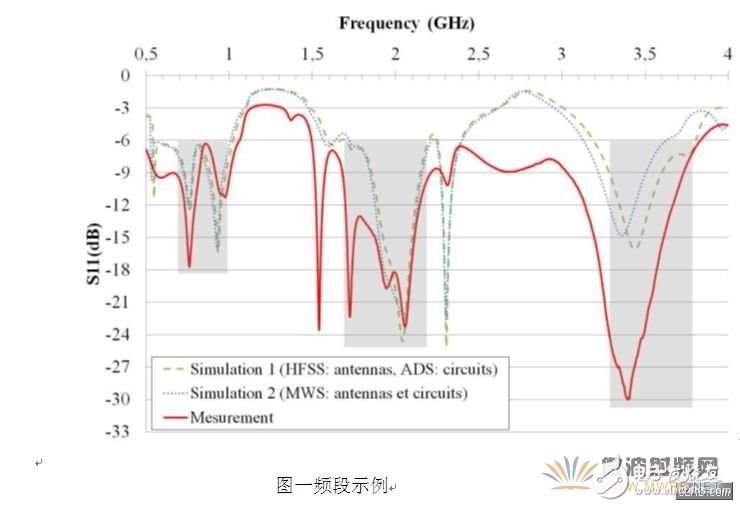
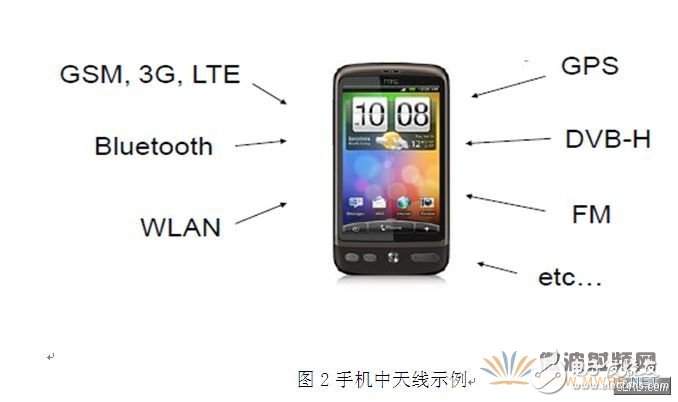
1, beautiful appearance, feel good!
Apple, Huawei, Xiaomi and VIVO all adopt similar metal outer frame and bottom metal material technology. The metal material is shiny and feels good to meet the user's aesthetic requirements.

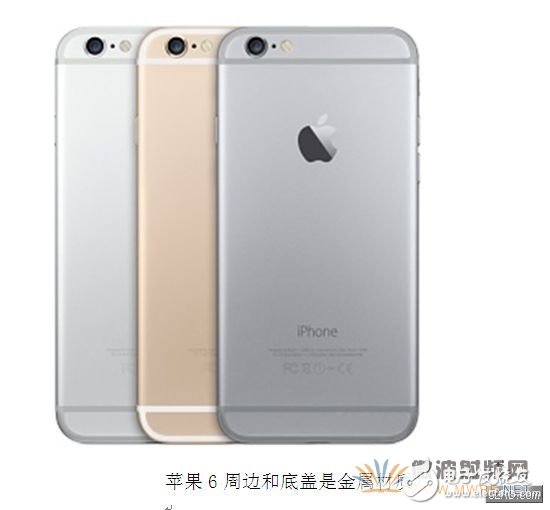
2, fully metalized body, resulting in mobile phone RF indicators difficult to guarantee.
Regardless of how the manufacturer interprets, the signal of such products is not as good as that of plastic or glass. Because the frame of this type of mobile phone acts as an antenna, when the antenna is held and held, the signal is different, and the radiation efficiency of the antenna is as follows. Figure:
When held, the efficiency dropped from 45% to about 15%.
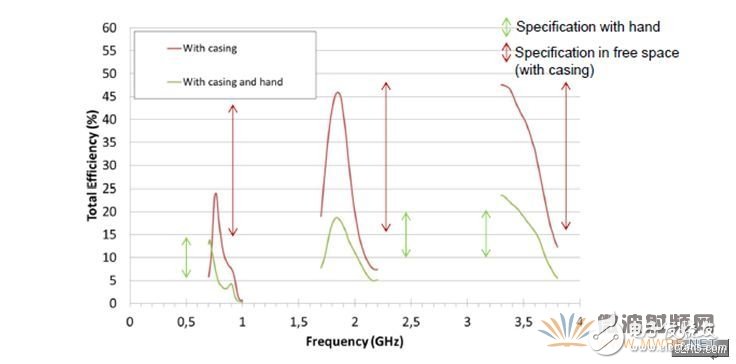
Therefore, some mobile phones adopt a plastic structure at the head and tail, and a metal process in the middle to avoid the defects of holding the antenna.
Metalized body antenna design method Design Methodology1. Metal outer frame segmentation
According to the frequency band, the outer frame of the mobile phone is generally divided into three sections, and the in-mold injection molding process is used as a whole.
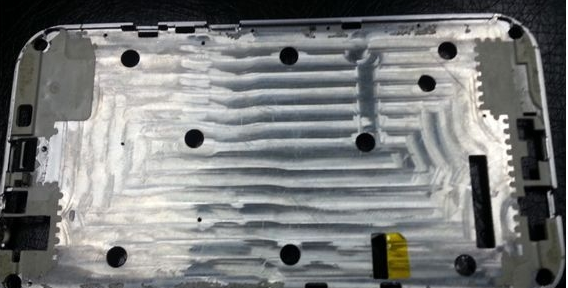
2, reasonable layout
GPS antenna placed in the surrounding corner
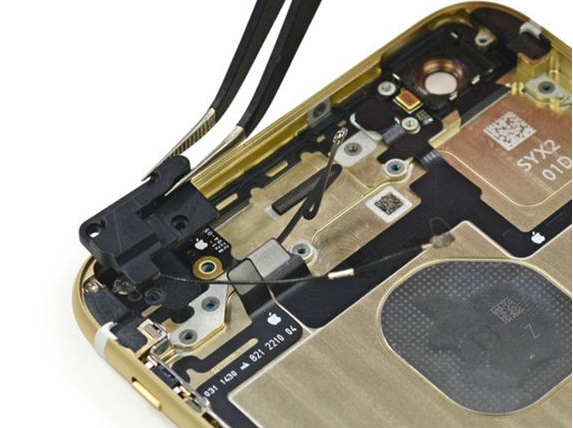
FM band with built-in magnetic antenna

The new generation of FM internal antenna is patch welded
3, antenna sub-band filtering, matching and recombination
The signal taken from the outer frame needs segmentation filtering and matching, and then synthesized into one RF chip.
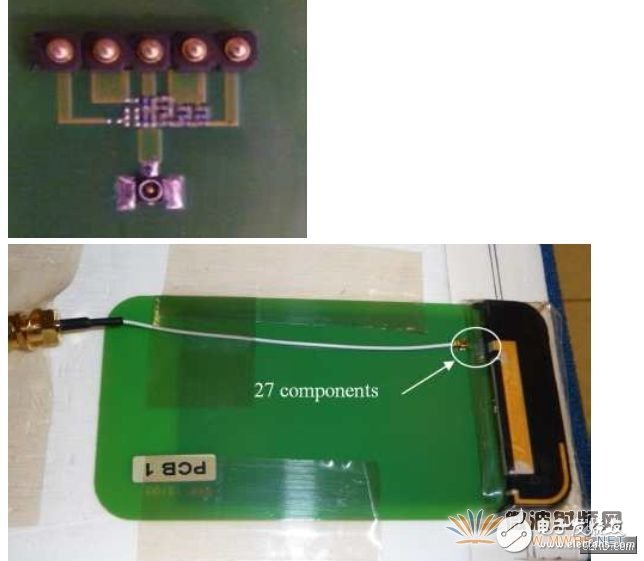
4, using three-dimensional circuit manufacturing process
The three-dimensional circuit is generally implemented by the LDS process, and the antenna of the 3D configuration is fabricated on the plastic support:
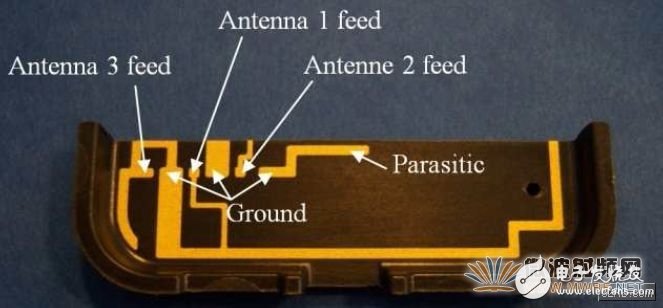
1, 3D printing LDS components speed up design progress
First 3D printing and then manufacturing LDS antennas on it can greatly shorten the cycle of antenna design verification
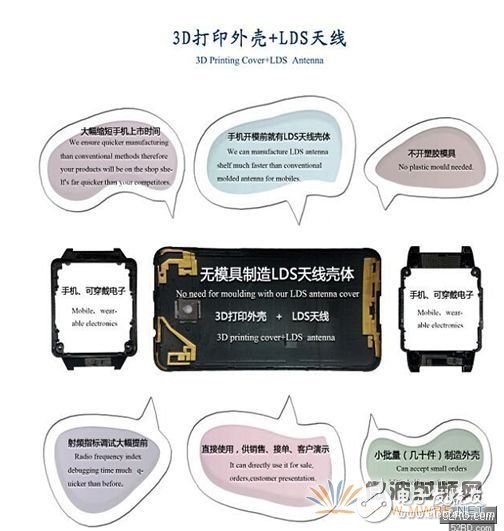
2. Broadband antenna plus tunable component technology application, reducing the size of the antenna and standardizing the antenna device
The tunable RF antenna technology is the only evolutionary direction of the future mobile phone antenna, and the antenna eventually becomes a device similar to the resistor-capacitor standard. However, the antenna industry will not disappear, and its manufacturing methods also need to adopt LDS, FPC and other processes. Apple and Murata of Japan applied for invention patents involving broadband loop antennas and tuned dielectric materials. The loop antenna is no stranger to use in the terminal. The BP machine that appeared in the 1990s is a loop antenna.
7.5 Mm Nano Tip,Smart Pen Infrared,Infrared Pen Touch,Slim Infrared Pen
Shenzhen Ruidian Technology CO., Ltd , https://www.wisonens.com